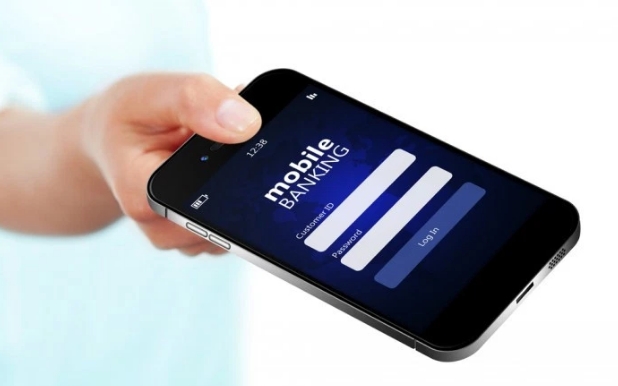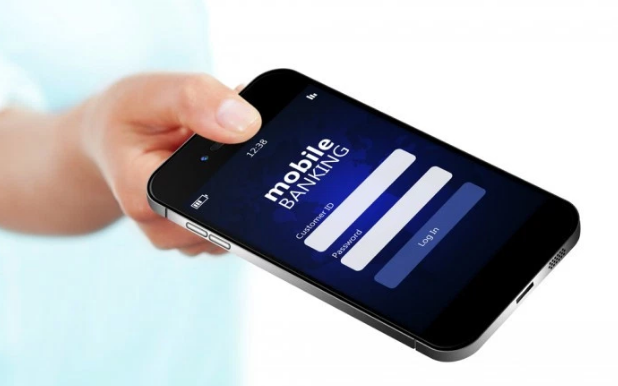
· With the spending power of Millennials and Generation Z set to rise, brands need to prepare digital loyalty initiatives now or risk losing patronage from these digital natives
With the spending power of Millennials and Generation Z set to rise, brands need to prepare digital loyalty initiatives now or risk losing patronage from these digital natives
· This is especially important since banking loyalty programmes specifically were found to encourage 82 percent of members to spend more, while credit card initiatives positively influenced 79 percent of respondents globally
Meeting expectations of the affluent middle class customers in India, in terms of Digital Experiences, is a very important ingredient of engagement for Financial Service brands to stay competitive, research released today by Collinson Group has revealed. It found that 93 percent of affluent middle class customers use banking and finance apps – up from 85 percent in 2014. It also revealed that 53 percent of customers prefer to do their banking online or via mobile app, while 27 percent prefer to go into a branch and 20 percent prefer telephone banking.
Collinson Group polled 6,125 of the top 10-15 percent of earners from Australia, Brazil, China, France, Hong Kong, India, Singapore, the United Kingdom, the United States of America and the United Arab Emirates.
Indian affluent middle class consumers exceed the global average when it comes to digital interaction with financial services organisations:
Collinson Group recommends that financial services brands must act now to upgrade their loyalty infrastructure as the spending power of Millennials and Generation Z is set to soar in the next five years. Millennials are pushing companies to innovate faster and are defining new customer expectations. Born in the age of instant communication, smart technology, and a hyper-connected world, these young consumers are influencing digital transformation.
“Digital will be the biggest battleground in financial services as digitally native Millennials and Generation Z become more lucrative target audiences for the sector. We can expect to see digital engagement continue to soar over the next three to five years. Brands need to act now in order to improve their digital offering, or risk missing the opportunity to build loyal relationships with lucrative audience segments,” said Anurag Saxena, India country manager, ICLP, owned by Collinson Group.
The financial services opportunity
“The way people shop and the way they interact with loyalty programmes has changed. Millennials and Generation Z for example, typically engaging across five screens simultaneously. Their relationship with brands is also completely different to other audience groups – they want instant gratification and claim not to want to save up loyalty points over a longer period to access a reward.”
“But the traditional financial services firms actually have a clear opportunity to deliver highly engaging, digitally driven loyalty initiatives due to the wealth of data they collect. They need to go further in terms of using this data to improve targeting and segmentation to appeal to distinct audience groups. Banks really need to develop their own loyalty identities,” said Anurag Saxena, India country manager, ICLP, owned by Collinson Group.
Recent research from the firm found that loyalty programme membership in the financial services sector had declined by 44 percent globally in the past two years. This decline was driven by brands not providing rewards programmes that customers value, and not engaging customers in their preferred channels. This research also found that brands getting it right are reaping the benefits –globally, banking loyalty programmes were found to encourage 82 percent of members to spend more, while credit card initiatives positively influenced 79 percent.
“Digital loyalty initiatives can be far more cost effective than more traditional methods. By levering data and delivering highly personalised loyalty rewards at the appropriate time, brands can form emotional connections with customers and create additional sales opportunities across their organisation. Embracing digital tools will allow brands to communicate and engage their customers in more meaningful ways, and digital applications can be used to drive bank wide loyalty. Doing this will help create active digital footprints and take the next step beyond loyalty to fully fledged brand advocacy,” Mr Saxena concluded.
